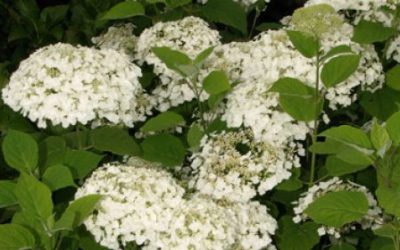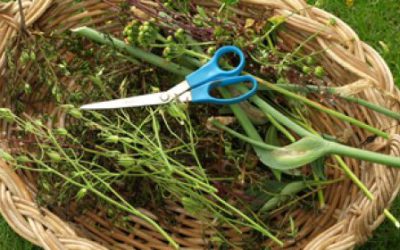Rose Types

There are quite a few types of roses out there to choose from. Here is a rundown of what is available for your mother’s enjoyment.
HYBRID TEA
Hybrid tea roses are, by far, the most popular of all the roses. Their large, fragrant flowers are just what comes to mind when we think of roses. The flowers on hybrid teas are usually single at the end of a long stem, making them perfect for cutting and arranging. Hybrid teas will flower heavily in June and then intermittently right on through the season. They can range in height from 2′ to 6′, depending on the variety. Hybrid teas are grafted roses. This means that the upper stems, or canes, are grafted to the root system of a hardier variety making it possible for them to survive outside in our colder climate. If you have hybrid tea roses in your garden, keep a watchful eye out for suckers or shoots that will try to grow from the soil below the graft. These suckers are growing from the rootstock and, if they flower at all, they won’t resemble the roses that appear on the grafted canes. If let go, these suckers will rob all the energy from the grafted canes and you’ll be left with a wild looking bush that is rather unattractive. Hybrid tea roses MUST be mulched and protected in the fall to survive the winter and flourish.
FLORIBUNDA
Floribunda roses produce bouquet-like clusters of flowers much smaller than those of the hybrid teas. Floribundas are considered to be a bit hardier and disease resistant than hybrid teas. That and their “old fashioned” look have caused a resurgence of interest lately.
GRANDIFLORA
Grandiflora roses could be described as a combination of larger flowers (a bit smaller that the hybrid teas) that are borne in clusters similar to the floribundas and are taller (growing to 6′) than their cousins. They are quite popular and are a stunning addition to the flowerbed.
CLIMBING ROSES
There’s nothing more stunning than a climbing rose in full flower draped over a garden arch. Climbers come in a wide variety of colors and flower sizes. They’ll take a couple of years to get established and it can be difficult to protect the long canes over winter. Those with established climbing roses know that they’re worth every bit of the effort involved.
MINIATURE ROSES
Miniature roses are smallest of rose types. Since they are not grafted roses but grow from their own rootstock, miniature roses are extremely winter hardy. They range in height from 5” to 24” with small flowers to match their diminutive stature. You may have shied away from planting miniatures thinking that they are difficult to protect. Don’t be fooled by their delicate appearance. Miniature roses are some of the easiest to grow and require little, if any, winter protection.
SPECIES AND SHRUB ROSES
This group contains wild and older varieties. Some can still be found growing wild and others have been tamed and improved by breeding. In fact, many “fancy” modern varieties were developed from these roses. They’re a hardy group and are generally more resistant to insects and diseases.
MEIDILAND
Meidiland roses are a more recent arrival on the scene. They are large, reaching 5′ in height with a similar width. The flowers can be single (with five petals) or double and the selection of colors available increases every year. Meidiland roses are a great choice for a hedge and won’t require any winter protection. A little pruning is all that’s needed if you wish to control their shape.
CARPET
These are a very interesting group. They come in a variety of colors and will only get from 6” to about 2′ tall. The neat thing is that carpet roses will trail out over the ground to a diameter of 3′ or more. Can you imagine one of these cascading down a retaining wall? Since carpet roses stay so low, snow will generally be enough winter protection in all but the windiest locations.
These are just some of the more popular rose varieties. There are many more. Remember that all roses will perform best with at least 7 hours of direct sun.







Recent Comments